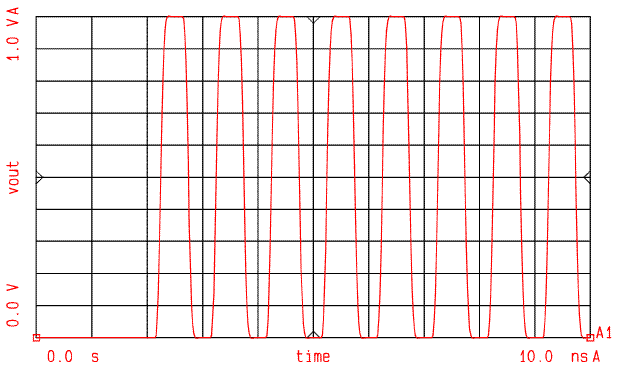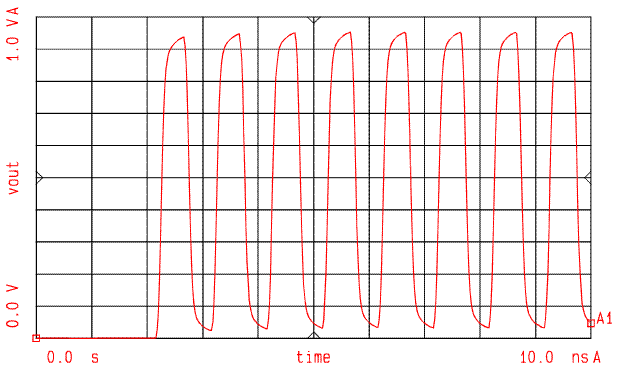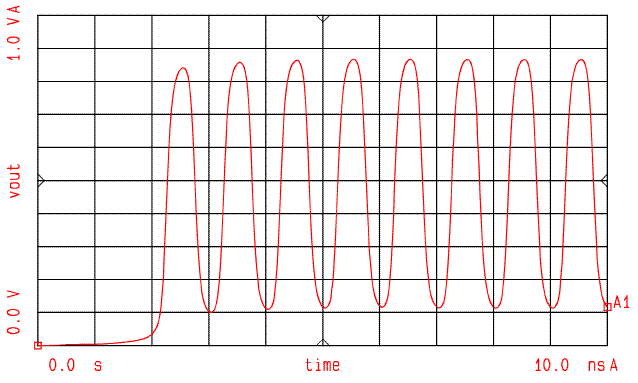|
How does skin effect and dielectric loss change a typical signal? The top plot on the right shows how SPICE type simulators predict a 1 GHz waveform through 12 inches of 50 Ohm stripline in FR4. Input edge rate is 100 ps. |
 |
|
The next plot, a Hewlett Packard Convolution Time Domain simulation, shows how skin effect changes the output waveform. Note the reduced amplitude that occurs because the classic “dribble up” delayed waveform of skin effect loss dramatically slows the edge rate as it approaches the rails. |
 |
|
The bottom plot, also Convolution Time Domain simulation, shows how both skin effect and dielectric loss (FR4 material) reduce the output amplitude. |
 |

